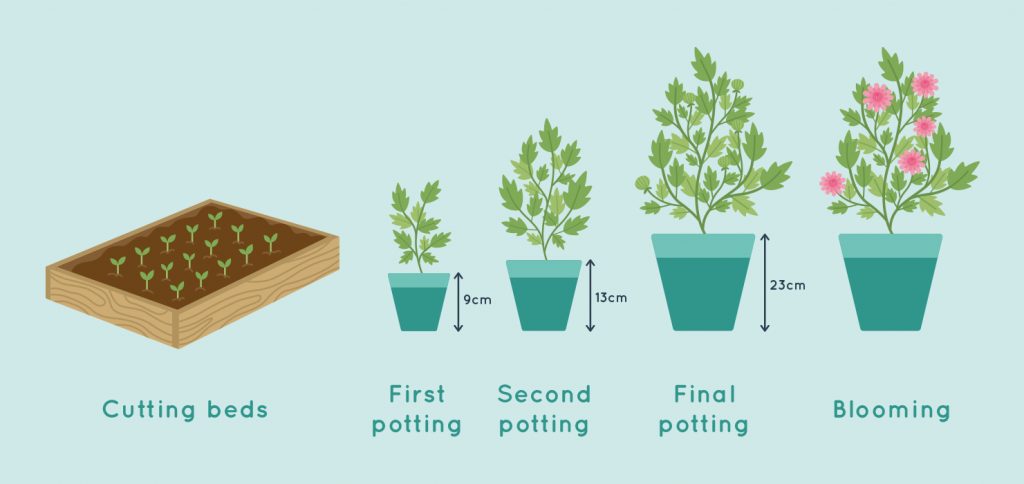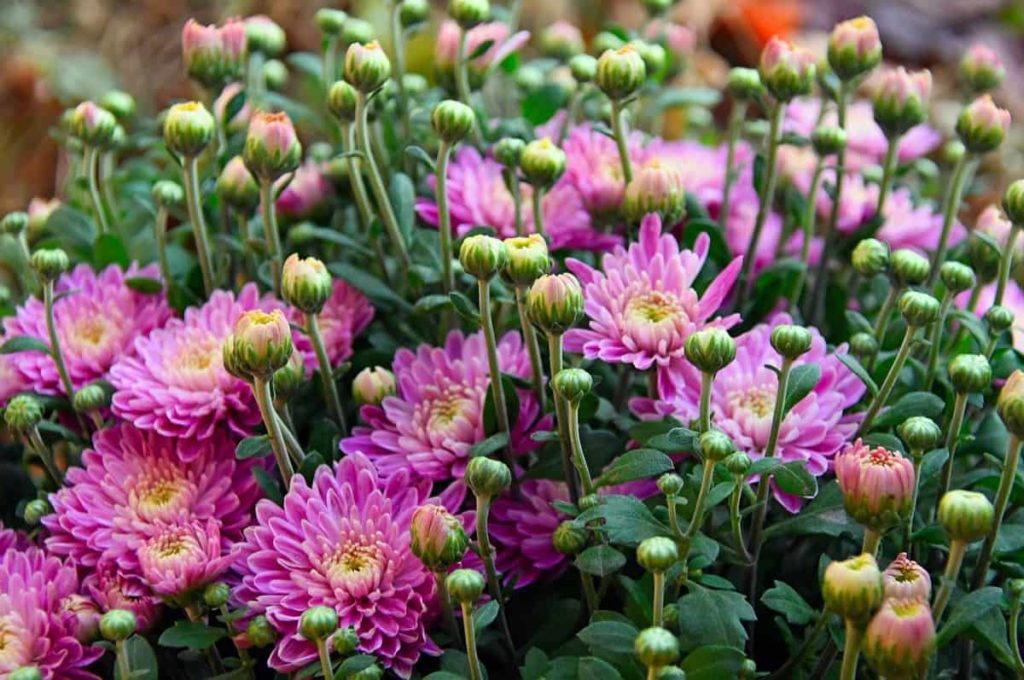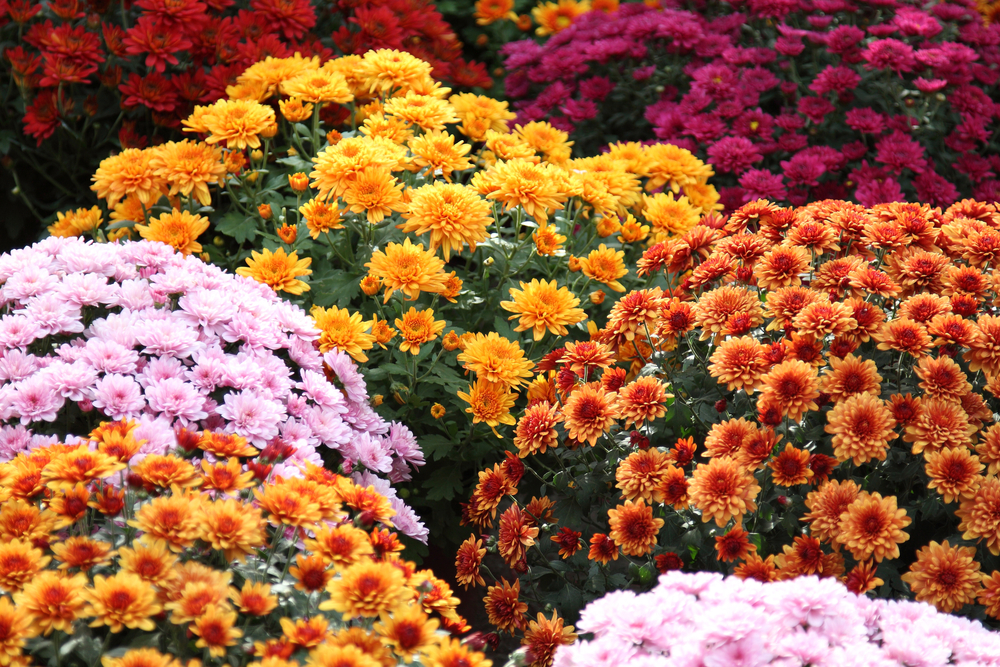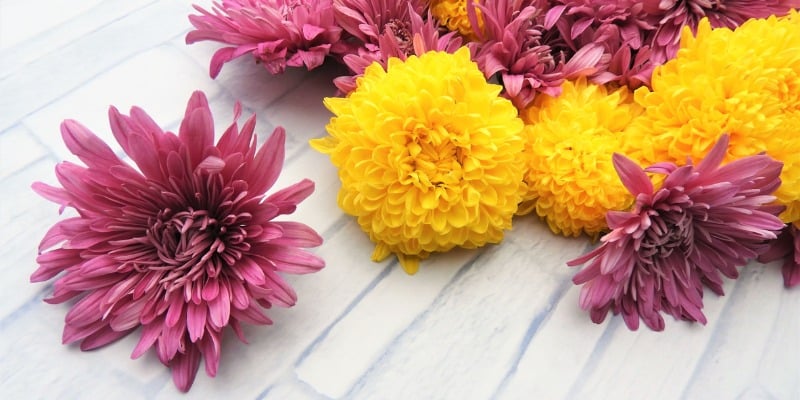What to Expect from Your Chrysanthemum Flowers
Chrysanthemums, often referred to as “mums,” are a popular choice among gardeners and flower enthusiasts alike. Their vibrant colors, ranging from soft pastels to bold and bright hues, add a touch of elegance to any garden or arrangement. But beyond their aesthetic appeal, chrysanthemums also hold significant symbolic meanings in various cultures, representing longevity, honor, and fidelity. To fully appreciate the beauty and significance of these flowers, it’s essential to understand their blooming cycle and how to maximize their ornamental value. By doing so, you can enjoy their vibrant colors and symbolic meanings for a longer period, making the most of your chrysanthemum investment.
The Life Cycle of Chrysanthemum Flowers
The life cycle of chrysanthemums consists of several stages, each crucial for their growth and development. The process begins with seed germination, where the seeds sprout and grow into seedlings. As the seedlings mature, they enter the vegetative growth stage, during which they develop roots, stems, and leaves. This stage is critical, as it lays the foundation for the plant’s future growth and flowering. The next stage is the reproductive growth stage, where the plant produces buds and eventually flowers. Environmental factors, such as light, temperature, and water, play a significant role in influencing the development of chrysanthemums. For instance, chrysanthemums require adequate light to produce blooms, while temperature and water affect the timing and duration of flowering. Understanding these stages and the factors that influence them is essential for maximizing the ornamental value of chrysanthemums and enjoying their beauty for a longer period.
How Long Do Chrysanthemums Typically Bloom?
One of the most common questions chrysanthemum enthusiasts ask is, “How long do chrysanthemums flower?” The answer to this question can vary depending on several factors, including the specific variety, climate, and care. On average, chrysanthemums can bloom for anywhere from 6 to 12 weeks. However, with proper care and optimal growing conditions, some varieties can bloom for up to 16 weeks or more. Factors such as temperature, light exposure, watering, and fertilization can all impact the duration of blooming. For instance, chrysanthemums grown in cooler temperatures tend to bloom longer than those grown in warmer temperatures. Understanding these factors and how they affect blooming is crucial for maximizing the ornamental value of chrysanthemums and enjoying their beauty for a longer period. By optimizing these factors, gardeners can encourage longer blooming periods and enjoy the vibrant colors and symbolic meanings of these beautiful flowers.
Factors Affecting Chrysanthemum Blooming Period
While chrysanthemums can bloom for several weeks, the duration of their blooming period is influenced by various factors. Temperature, for instance, plays a significant role in determining how long chrysanthemums flower. Chrysanthemums grown in cooler temperatures tend to bloom longer than those grown in warmer temperatures. Light exposure is another crucial factor, as chrysanthemums require adequate light to produce blooms. Insufficient light can lead to shorter blooming periods or even prevent flowering altogether. Watering and fertilization also impact the length of time chrysanthemums bloom. Overwatering can lead to root rot, which can shorten the blooming period, while under-fertilization can result in weak and spindly stems that produce fewer flowers. By understanding these factors and optimizing them, gardeners can extend the blooming period of their chrysanthemums and enjoy their vibrant colors and symbolic meanings for a longer period. For example, providing supplemental lighting, such as grow lights, can help extend the blooming period, especially in areas with limited natural light. Additionally, using a balanced fertilizer that is rich in phosphorus can promote healthy root development and encourage longer blooming periods.
How to Encourage Longer Blooming in Chrysanthemums
To promote longer blooming in chrysanthemums, it’s essential to provide regular maintenance and care. One of the most effective ways to encourage longer blooming is through deadheading, which involves removing spent flowers to promote new blooms. This simple technique can extend the blooming period by several weeks. Pruning is another crucial step in promoting longer blooming. By pruning back chrysanthemum stems after they finish blooming, gardeners can encourage new growth and promote additional blooms. Providing support is also vital, as chrysanthemums can grow quite tall and may require staking to prevent them from toppling over. Additionally, ensuring that chrysanthemums receive adequate water and nutrients is crucial for promoting healthy growth and longer blooming periods. By following these simple tips, gardeners can enjoy the vibrant colors and symbolic meanings of chrysanthemums for a longer period. For instance, by deadheading regularly, gardeners can encourage chrysanthemums to bloom for up to 16 weeks or more, depending on the variety and growing conditions. By understanding how to promote longer blooming in chrysanthemums, gardeners can maximize their ornamental value and enjoy their beauty for a longer period.
Popular Chrysanthemum Varieties and Their Blooming Periods
With over 40,000 registered varieties, chrysanthemums offer a diverse range of colors, shapes, and sizes to suit different tastes and growing conditions. Some popular varieties include the ‘Sheffield Pink’, which blooms for around 8-10 weeks, producing vibrant pink flowers with a delicate, feathery texture. The ‘Clara Curtis’ variety, on the other hand, blooms for around 10-12 weeks, producing large, white flowers with a golden center. The ‘Ruby Mound’ variety is another popular choice, blooming for around 8-10 weeks and producing deep red flowers with a compact, mounded growth habit. When choosing a chrysanthemum variety, it’s essential to consider factors such as climate, soil type, and desired blooming period. By selecting the right variety, gardeners can enjoy the beauty and symbolism of chrysanthemums for a longer period. For instance, gardeners living in cooler climates may prefer varieties like the ‘Matchsticks’, which blooms for around 12-14 weeks and produces bright yellow flowers with a unique, stick-like shape. By understanding the different characteristics and blooming periods of various chrysanthemum varieties, gardeners can make informed decisions and enjoy the best possible results.
Tips for Extending the Blooming Season of Chrysanthemums
In addition to providing optimal care and maintenance, there are several tips and tricks that can help extend the blooming season of chrysanthemums. One effective method is to use row covers, which can protect plants from frost and extend the blooming period by several weeks. Providing supplemental lighting, such as LED grow lights, can also help promote longer blooming by increasing the amount of light available to the plants. Another technique is to protect plants from extreme temperatures, such as using a cold frame or bringing potted plants indoors during the winter months. By taking these extra steps, gardeners can enjoy the vibrant colors and symbolic meanings of chrysanthemums for a longer period. For instance, by using row covers, gardeners can extend the blooming period of chrysanthemums by up to 4-6 weeks, depending on the variety and growing conditions. By incorporating these tips into their gardening routine, gardeners can maximize the beauty and ornamental value of their chrysanthemum flowers.
Conclusion: Maximizing the Beauty of Chrysanthemum Flowers
In conclusion, understanding the blooming cycle of chrysanthemums is crucial to maximizing their ornamental value. By recognizing the factors that influence their blooming period, such as variety, climate, and care, gardeners can take steps to promote longer blooming and enjoy the vibrant colors and symbolic meanings of these beautiful flowers for a longer period. Whether you’re a seasoned gardener or just starting out, the tips and tricks outlined in this article can help you unlock the full potential of your chrysanthemum flowers. Remember, with proper care and attention, chrysanthemums can bloom for 6 to 12 weeks or more, providing a stunning display of color and beauty in your garden. By following the advice outlined in this article, you can enjoy the beauty of chrysanthemums for a longer period and make the most of their ornamental value. So, go ahead and plant those chrysanthemums, and get ready to enjoy their stunning blooms for weeks to come!





/fall-garden-mums-hardy-or-no-1402718-04-bbc5a2186d8640e2b4b5bc4036b892bc.jpg)


